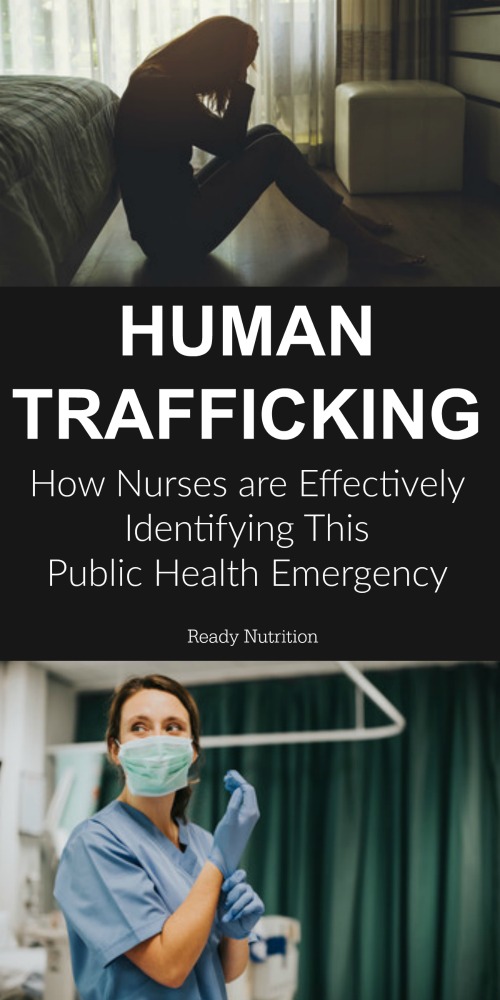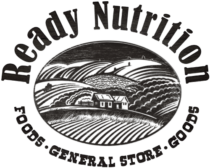Based on statistics, nurses are vital to the identification of victims of human trafficking. Globally, 12 to 30 million people are affected by human trafficking, and 87% of trafficked victims (mostly women and female children) have contact with a health care provider.
“Given the inconsistencies between and across federal and state legislation and regulations, health care professionals often are unaware of, or question, which protections apply in their practice areas: state legislation (i.e., child abuse reporting), federal regulations regarding Title X reproductive rights (i.e., confidentiality, emancipation, HIPAA) or federal human trafficking statutes (i.e., sex slavery) (Adelson, 2008, Price, 2017). The inconsistency in health care policy, procedure, practice, and state and federal regulation results in 87% of trafficked persons having contact with health care providers without recognition or rescue while being trafficked (Lederer & Wetzel, 2014).” –Nursing Outlook
A Nurse Developed a Crucial Screening Protocol for Identifying Victims
Because a high number of those who have suffered being trafficked do have contact with healthcare professionals, one nurse has found a way to break this vicious cycle and make identifying victims much easier. Danielle Jordan Bastein, an ER nurse at Henry Ford Hospital in Detroit, Michigan has developed a screening protocol that could help identify the victims of human trafficking.
According to Bastien, we as a society, are missing out on a crucial screening protocol and the necessary training that would ensure emergency room triage nurses are able to routinely ask the right questions and do the right assessments that could flag a potential trafficking victim for further follow-up. Her screening tool looks for patterns of inconsistencies in the patient’s story. It also looks for signs of abuse, torture, or neglect, and other behaviors consistent with trafficking victims; such as if they aren’t holding their own ID or money, or if the person they are with is answering questions for them and refuses to leave or let them be alone.
“If the hospital identifies the patient to be a human trafficking victim and the patient agrees to receive help, staff alerts authorities, and the patients receive housing, necessities, and transportation. If they are identified but not ready for help, they receive a small personal item that has a help hotline number hidden on it.” Bastien said she hopes other hospitals will implement her program, which includes formal training and policy for all emergency rooms.
Statistics Show This Protocol is Working
And if you’re thinking that all this is well and good in theory, but may not fly in “real life”, get ready for this stat: since implementing the screening, the hospital has successfully rescued 17 victims of trafficking in the past year alone, a number that shocked even Bastein herself .
Bastein hopes that her efforts will spread to other areas across the country to save even more victims of the modern-day form of slavery. – Nurse.org
“It took me aback it actually worked and we kept it going,” she told Fox 2 News, according to Nurse.org.
The more nurses who are aware of the problem of human trafficking and the vital role they can play in helping to stop and rescue victims, the more of an impact can be made. Bastein hopes that her efforts will spread to other areas across the country to save even more victims of the modern-day form of slavery. “It feels pretty amazing that at least I had a small part in getting this person help,” she noted.


I think this is great. To help these poor victomes get help and away from the sick people that explore them. I’m pleased to hear there is an out for some people who want to get out of there tragic Delia.
That’s amazing. How can we get copies?